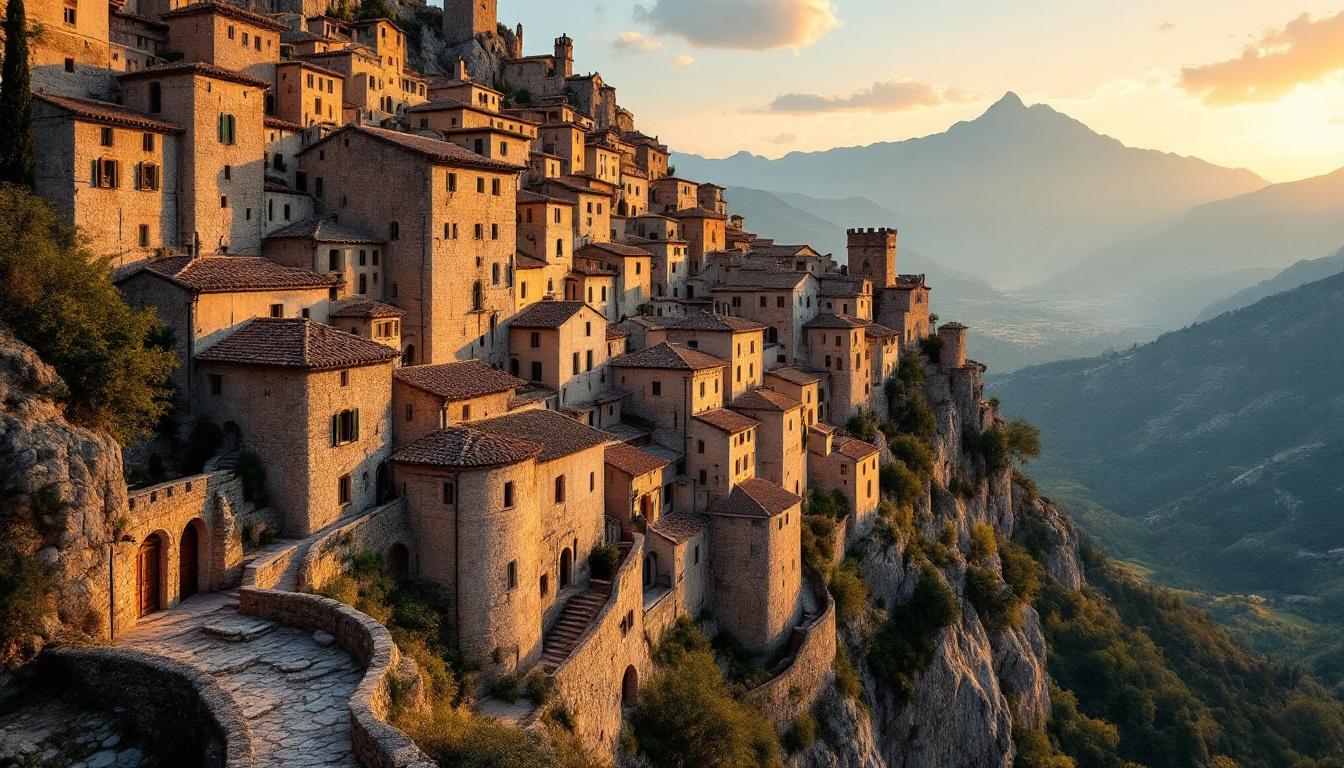While millions of tourists crowd Waikiki’s commercialized beaches, paying premium prices for manufactured Hawaiian experiences, a tiny North Shore village offers everything they’re seeking at a fraction of the cost. Hanalei, home to just 444 residents, delivers authentic Hawaiian culture, pristine natural beauty, and genuine aloha spirit without the tourist traps.
This crescent bay paradise, smaller than Central Park at just 0.71 square miles, provides the real Hawaii experience that Waikiki once offered decades ago. Local families still farm traditional taro in the valley, craft leis by hand, and protect their community from overtourism through careful stewardship.
The numbers tell the story: accommodation costs run 20-30% less than Waikiki, crowds are minimal thanks to single-road access, and cultural experiences remain authentic rather than staged for tourist consumption.
Why Waikiki disappoints while Hanalei delivers
Authentic culture versus tourist theater
Waikiki’s hula shows cost $200-300 per person for choreographed performances in hotel ballrooms. In Hanalei, Smith’s Family Luau offers four generations of genuine Hawaiian storytelling for $120-150, complete with traditional imu cooking and family narratives passed down through decades. You’ll witness real cultural preservation, not entertainment designed for quick tourist turnover.
Natural beauty without the crowds
While Waikiki’s beaches struggle under the weight of 6 million annual visitors, Hanalei Bay hosts a fraction of that number. The dramatic mountain backdrop and perfect crescent shoreline remain unspoiled, offering the Instagram-worthy Hawaiian paradise photos without fighting crowds for the perfect shot.
The single road that keeps mass tourism away
Geographic barriers create natural crowd control
Kuhio Highway’s winding mountain route serves as Hanalei’s natural protection system. Unlike Waikiki’s grid of busy streets facilitating constant tourist flow, this single access road bottlenecks traffic during peak times, naturally limiting visitor numbers and preserving the town’s peaceful atmosphere.
Limited parking preserves authenticity
Hanalei Bay’s restricted parking spaces mean only the most dedicated visitors make the effort to stay. This limitation, frustrating to some, ensures that those who do visit appreciate and respect the environment rather than treating it as another tourist commodity to consume quickly.
Local families guard traditional Hawaiian lifestyle
Taro farming continues ancient practices
Hanalei Valley’s taro patches represent Hawaii’s agricultural heritage in action. Local farmers offer educational tours through these wetland ecosystems, sharing traditional land stewardship practices that connect visitors to authentic Hawaiian values of malama ‘aina (caring for the land). You won’t find this depth of cultural education in Waikiki’s concrete jungle.
Lei-making workshops support local artisans
Rather than purchasing mass-produced leis from airport shops, visitors can learn traditional techniques from multi-generational craftspeople who view lei-making as cultural expression rather than tourist commodity. These intimate workshops, often held in family homes, provide genuine cultural exchange impossible in Waikiki’s commercial environment.
Cost advantages that add up quickly
Accommodation savings without sacrificing comfort
Hanalei’s bed-and-breakfasts and vacation rentals offer authentic Hawaiian hospitality at prices significantly below Waikiki’s high-rise hotels. Local hosts share insider knowledge about hidden beaches, cultural sites, and authentic dining spots, providing value that luxury resorts can’t match despite their premium pricing.
Farm-to-table dining beats resort restaurants
Local cafes serving fresh ingredients from nearby farms offer memorable meals at reasonable prices. These establishments, often family-owned for generations, provide authentic Hawaiian cuisine without the inflated costs and impersonal service typical of Waikiki’s chain restaurants and hotel dining.
Summer 2025 presents the perfect opportunity to experience Hanalei before word spreads further. Visit early morning or late afternoon to avoid midday crowds, and consider exploring nearby Kapaa beaches when Hanalei Bay reaches capacity.
The choice is clear: continue supporting overtourism in Waikiki while paying premium prices for artificial experiences, or discover the Hawaii that locals cherish and protect. Hanalei’s 444 residents have preserved something precious—authentic island life that honors both visitors and Hawaiian culture. Explore more authentic Hawaiian communities that prioritize cultural preservation over tourist profits, discover Maui’s hidden cultural gems, or learn about other destinations fighting commercialization worldwide.
Planning your authentic Hanalei experience
When should I visit Hanalei for the best experience?
April through October offers the driest conditions and most reliable weather. Summer months bring slightly more visitors but remain far less crowded than Waikiki year-round.
How do I respect local customs while visiting?
Ask permission before photographing people or sacred sites, support local businesses rather than chains, and follow designated trails to protect fragile ecosystems.
What makes Hanalei different from other Hawaiian destinations?
The combination of active taro farming, limited access, and strong community stewardship creates an authentic Hawaiian experience unavailable in commercialized tourist areas.
How much can I save compared to Waikiki?
Accommodation, dining, and activity costs typically run 20-30% lower than Waikiki, while offering superior cultural authenticity and natural beauty.
What authentic experiences can’t I find elsewhere?
Traditional taro farming tours, family-run luaus with genuine cultural storytelling, and lei-making workshops with multi-generational craftspeople provide unique cultural immersion opportunities.
